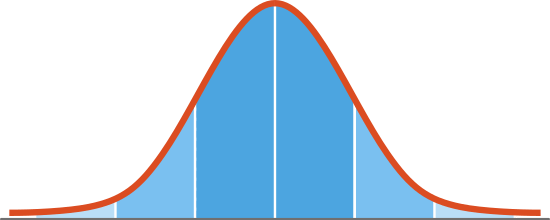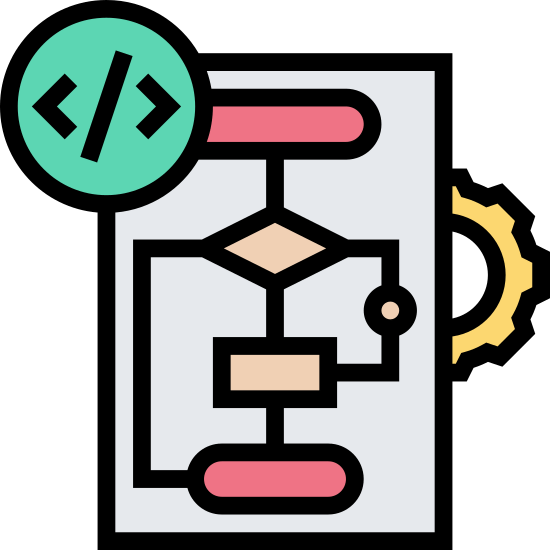The Importance of Data Transformation to Normal
It is not always necessary or advisable to transform a distribution into a normal distribution. However, there are some situations where transforming a distribution to a normal distribution can be useful.

To Simplify Statistical Analysis

One reason to transform a distribution into a normal distribution is to simplify statistical analysis. Many statistical tests and methods assume that the data follows a normal distribution, so transforming a non-normal distribution to a normal one can make it easier to apply these methods and interpret the results.
For example, if you are conducting a hypothesis test and the data follows a non-normal distribution, you may need to use a non-parametric test, which makes certain assumptions about the data and can be more difficult to interpret. By transforming the data to a normal distribution, you can use a parametric test, which makes different assumptions and can be easier to interpret.
Additionally, many statistical methods, such as linear regression, assume that the data is normally distributed. If the data does not follow a normal distribution, these methods may not produce accurate results. By transforming the data to a normal distribution, you can ensure that these methods will produce accurate results.
To stabilize the variance
Another reason to transform a distribution to a normal distribution is to stabilize the variance. In a normal distribution, the variance is constant across all values of the distribution. This can be useful in situations where the variance of the original distribution is not constant, as it can make the data more predictable and easier to analyze.
If the variance of the original distribution is not constant, it can be difficult to compare the values of the distribution to each other. By transforming the data to a normal distribution, you can ensure that the variance is constant, which can make it easier to compare the values and identify any patterns or trends in the data.
Can improve the performance of machine learning algorithms.
Additionally, transforming a distribution to a normal distribution can improve the performance of machine learning algorithms. Some machine learning algorithms assume that the data follows a normal distribution, so transforming the data to a normal distribution can improve the accuracy and performance of these algorithms.

For example, certain machine learning algorithms, such as support vector machines, linear regression, and logistic regression, assume that the data is normal. If the data does not follow a normal distribution, these algorithms may not produce accurate results. By transforming the data to a normal distribution, you can improve the performance of these algorithms and ensure that they produce accurate results.
Additionally, some machine learning algorithms are sensitive to the scale of the input data. If the data has a non-normal distribution with a large range of values, it can be difficult for the algorithm to effectively learn from the data. By transforming the data to a normal distribution with a smaller range of values, you can improve the performance of the algorithm and make it easier for it to learn from the data.
Faster Training Times
When we train a machine learning model, we often use an optimization algorithm that updates the model parameters iteratively to minimize the error between the predicted values and the actual values. The optimization algorithm is more efficient when the features are on a similar scale because it can converge faster.
Normalizing data brings all the features on a similar scale, which leads to faster convergence of the optimization algorithm, and as a result, faster training times. This can be particularly important when working with large datasets or complex models, where training times can be prohibitive.
Increased Interpretability
When we normalize data, we bring all the features on the same scale, which means that the coefficients of the model are also on the same scale as the features. This makes it easier to compare the importance of different features in the model, and interpret the coefficients in a meaningful way.
For example, in a linear regression model, the coefficients represent the change in the output variable for a one-unit change in the corresponding input variable. If the input variables are not normalized, the coefficients will be difficult to interpret because the effect of a one-unit change in one feature will be different from the effect of a one-unit change in another feature, even if the change represents the same amount of change in the feature.
Conclusion
Overall, while it is not always necessary to transform a distribution to a normal distribution, there are some situations where doing so can be useful for simplifying statistical analysis, stabilizing the variance, or improving the performance of machine learning algorithms.


